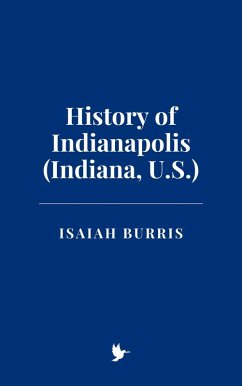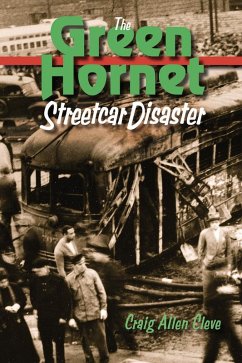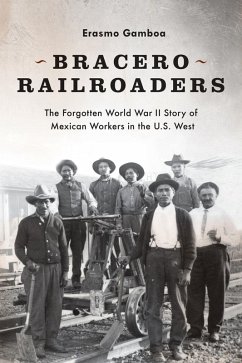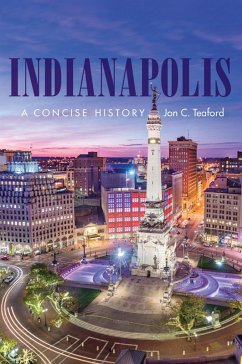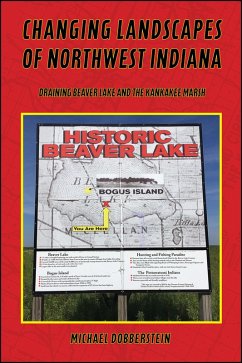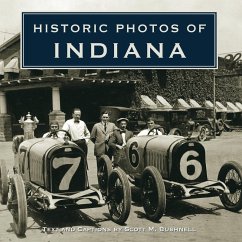
Electric Indiana (eBook, ePUB)
The Rise and Fall of the World's Greatest Interurban Railway Center, 1893-1941

PAYBACK Punkte
11 °P sammeln!
In the early twentieth century, an epic battle was waged across America between the interurban railway and the automobile, two technologies that arose at roughly the same time in the late 1890s. Nowhere was this conflict more evident than in the Midwest, and specifically Indiana, where cities of industry such as Indianapolis, Gary, and Terre Haute were growing faster every day. By 1904, Indianapolis had opened the Traction Terminal, which was widely acclaimed to be the largest and most impressive interurban station in the world. Yet, today there is only 90-mile remnant of this one great system...
In the early twentieth century, an epic battle was waged across America between the interurban railway and the automobile, two technologies that arose at roughly the same time in the late 1890s. Nowhere was this conflict more evident than in the Midwest, and specifically Indiana, where cities of industry such as Indianapolis, Gary, and Terre Haute were growing faster every day. By 1904, Indianapolis had opened the Traction Terminal, which was widely acclaimed to be the largest and most impressive interurban station in the world. Yet, today there is only 90-mile remnant of this one great system still operating within Indiana.
Featuring over 90 illustrations and featuring contemporary accounts and newspaper articles from the period, Electric Indiana is a biographical study of the rise and fall of a onetime important transportation technology that achieved its most impressive development within the Hoosier state.
Featuring over 90 illustrations and featuring contemporary accounts and newspaper articles from the period, Electric Indiana is a biographical study of the rise and fall of a onetime important transportation technology that achieved its most impressive development within the Hoosier state.
Dieser Download kann aus rechtlichen Gründen nur mit Rechnungsadresse in A, D ausgeliefert werden.





